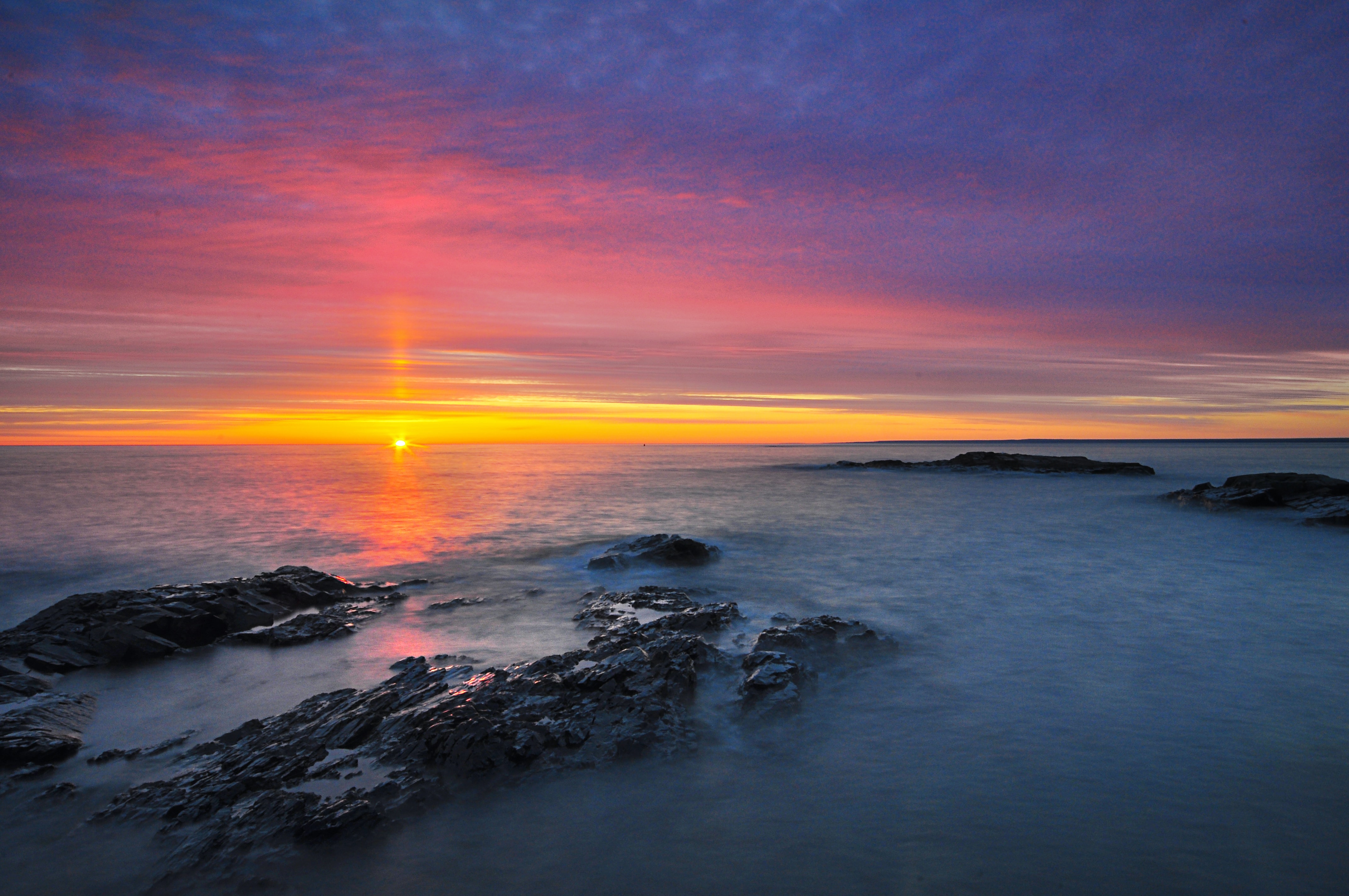Humans have relied on phenological knowledge for millenia for their very survival. Many Indigenous peoples continue to incorporate knowledge of phenology into their subsistence lifeways, resource management, planting, harvesting, and ceremony.

Careful documentation of phenology reveals how the timing of seasonal events are changing. This information can support decision making, such as when to treat invasive species, and provide useful information, such as when the allergy season may start. As time passes, formally recorded phenology observations become an increasingly valuable historical record.
In the U.S., long-term phenology monitoring historically occurred to a limited extent. A notable exception is a multi-faceted historical lilac and honeysuckle monitoring effort, established in late 1950s and early 1960s by Joseph Caprio at the Montana State University and supplemented and sustained through the efforts of W.L. Colville (University of Nebraska), Mark Schwartz (University of Wisconsin-Milwaukee), and Dan Cayan and Mike Dettinger (US Geological Survey and Scripps Institute of Oceanography). This program engaged volunteers across the country in tracking first leaf and flower dates at several hundred sites over nearly four decades. These long-term records have been instrumental in showing that climate change is advancing the timing of spring across the U.S.
Motivated by the trends revealed through the U.S. lilac and honeysuckle monitoring efforts as well as clear advancements in phenology reported around the globe, Mark Schwartz, Julio Betancourt (US Geological Survey), and many others secured support to establish the USA National Phenology Network in 2007. The USA-NPN launched Nature’s Notebook, a plant and animal phenology monitoring program employing rigorous observation protocols, in 2009. In the ensuing years, USA-NPN has been shaped by input and contributions from hundreds of educators, scientists and natural resource managers to become the country’s premier organization for phenology data collection, storage, and sharing.